Submitted by WA Contents
Prague Plans: Preparing For the Future
Czech Republic Architecture News - Jun 17, 2016 - 13:05 10536 views
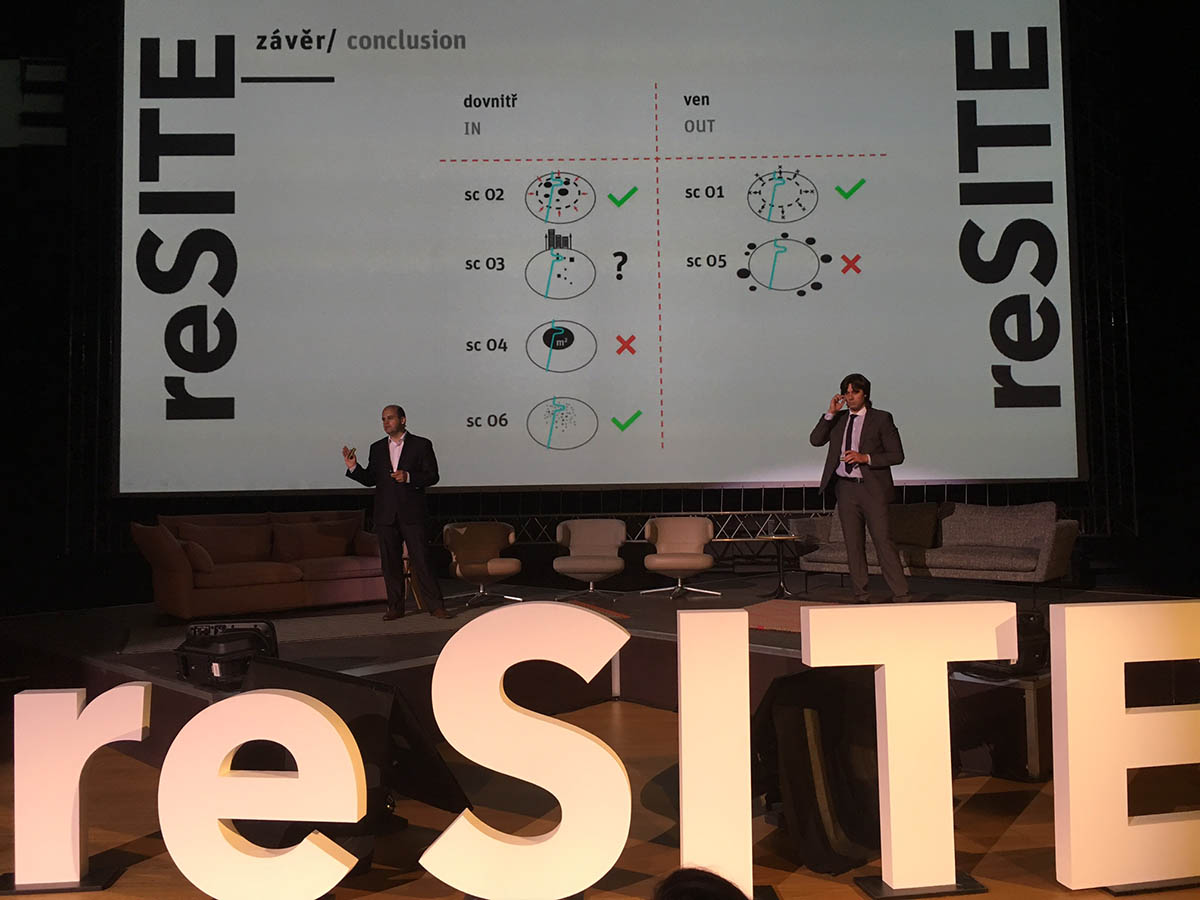
In the second day of reSITE 2016, the event has started with future development plans of Prague city presented by Jaromir Hainc, Secretary, City Planning Section, Institute of Planning and Development, Prague and Ivan Duskov, Director, Strategy and Policy Section, Institute of Planning and Development, Prague.
reSITE 2016's theme is 'Cities in Migration' and hosting many events, discussions and lectures with local authorities, architects, city leaders, urban planners, and investors to provide a collaboration between public, private and other stakeholders.
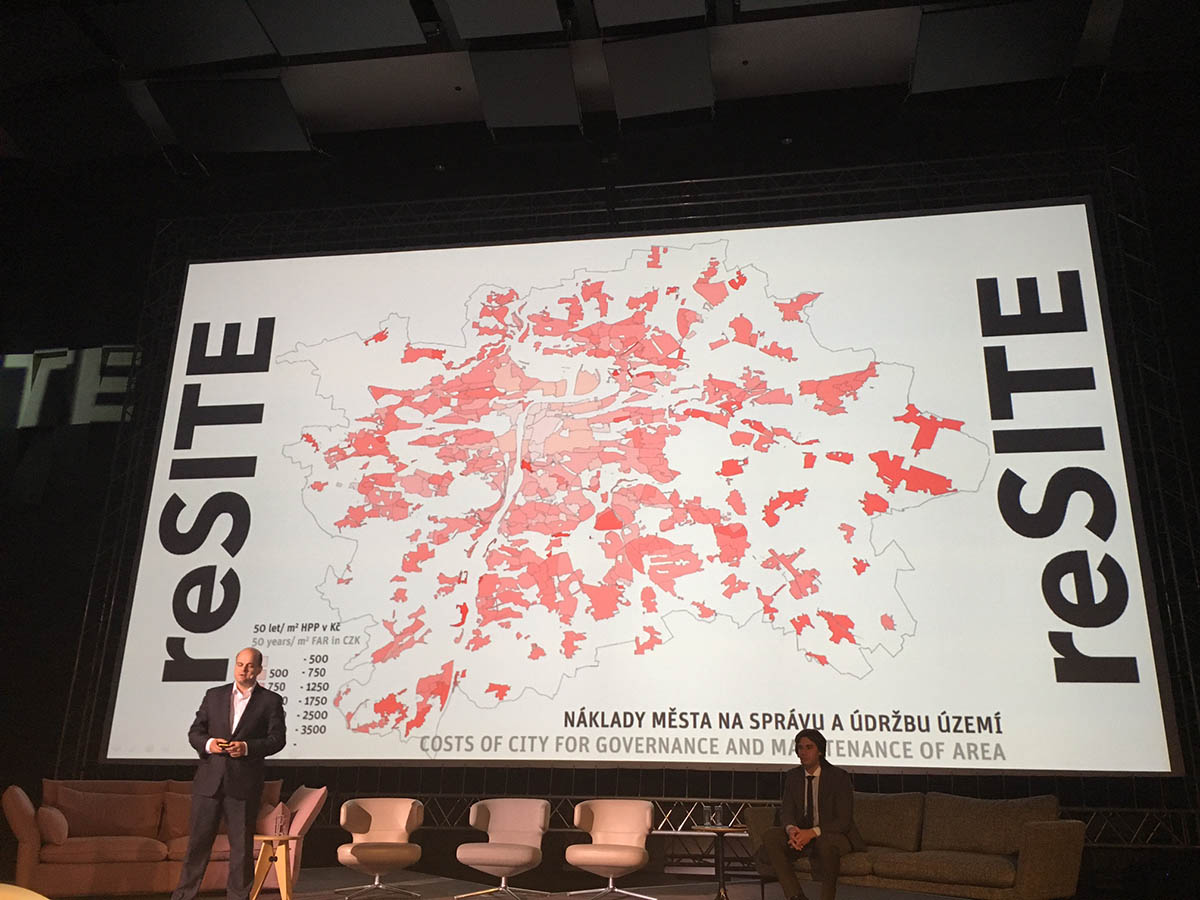
Jaromir Hainc and Ivan Duskov highlighted 6 key points in the development of Prague's master plan themed by green field development, lost spaces, up to the sky, densification, to central bohemians suburbanisation, and fill in. The speakers also talked about new strategical approaches to improve public transportation, infrastructure and car traffic, increasing from inner sites to the outside of the city of Prague.
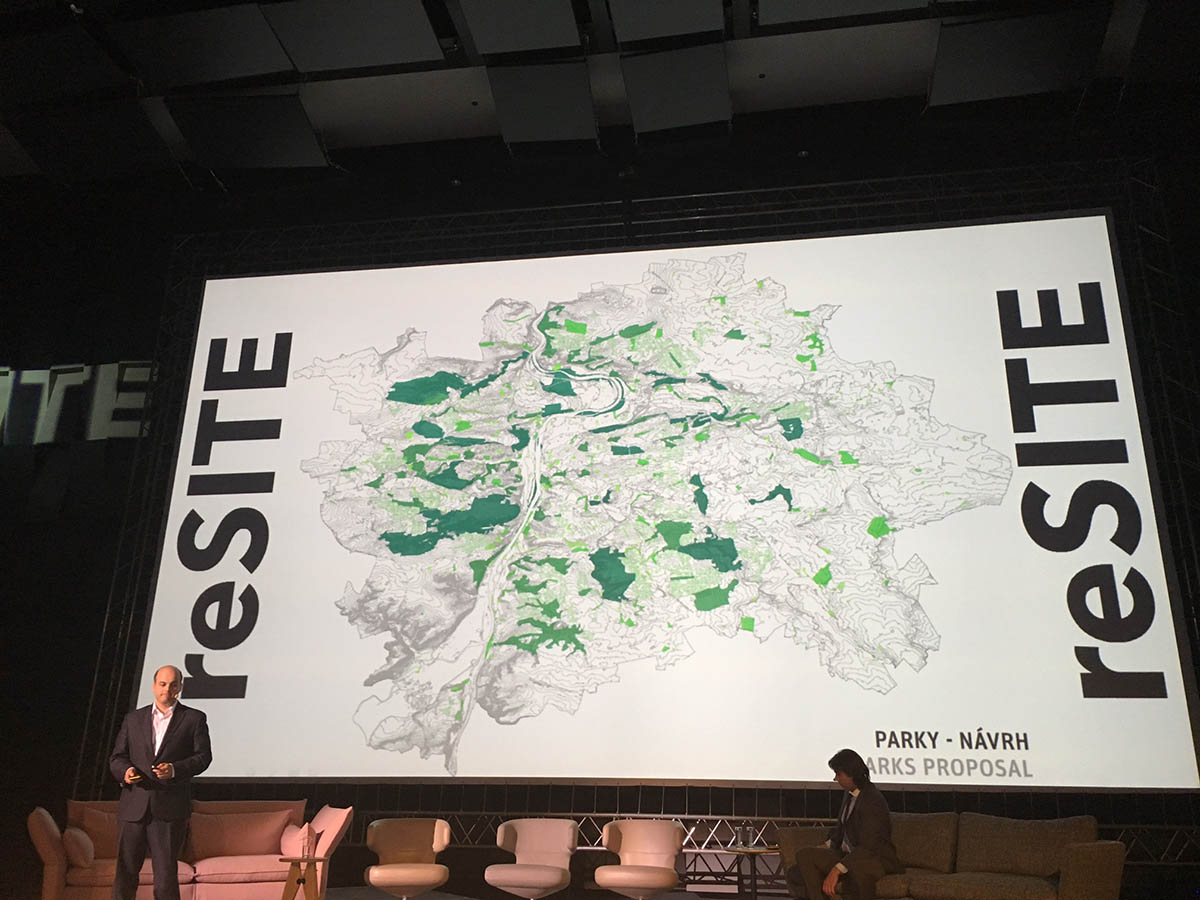
In this special lecture, Jaromir Hainc and Ivan Duskov explained that car transport constitutes 43% of the city, pedestrians 23%, and cyclists 1% in the statistics. Regarding to fill in issue in Prague, they said that ''we work individual sites with their characters. Prague has interesting topography and we should maintain the value in the site but also boost activities in the neighbourhood.''
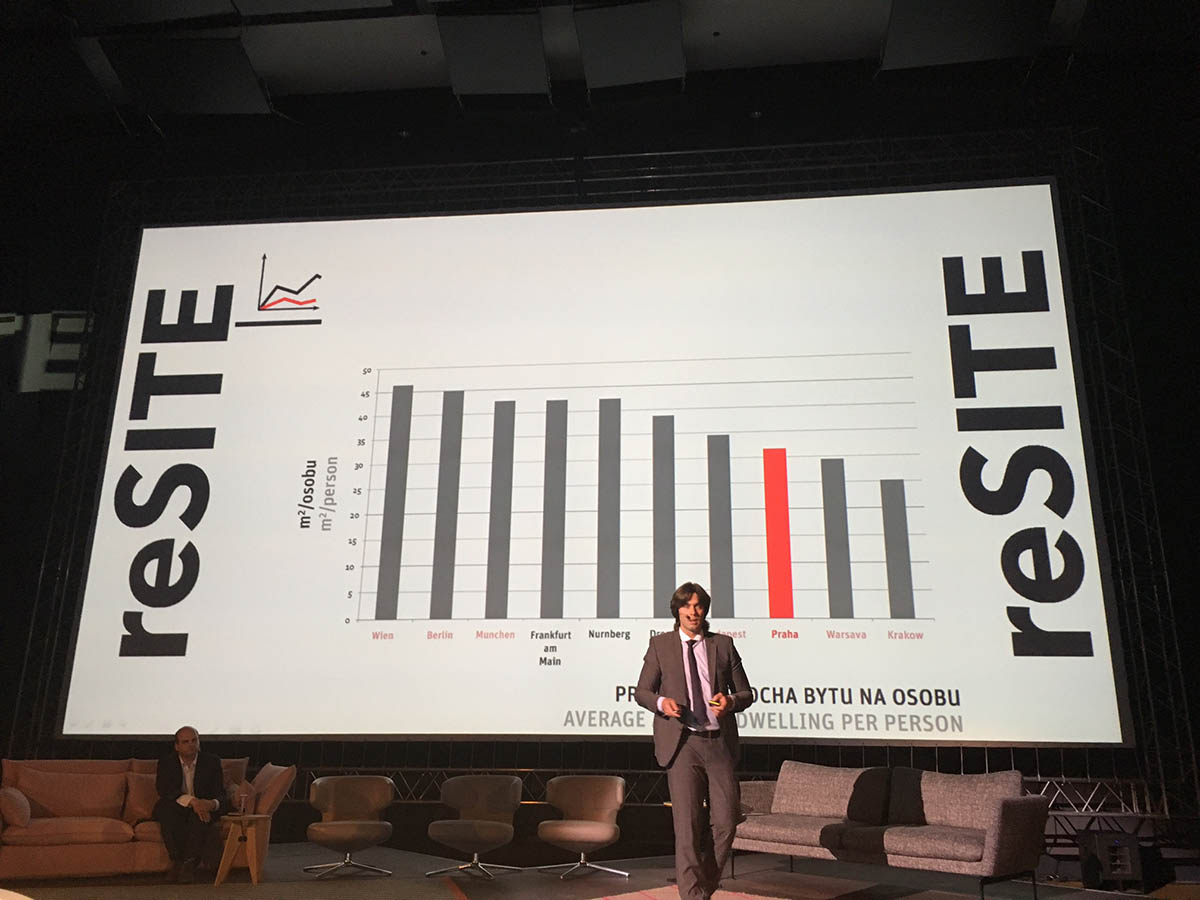
Prague has low-rise housing development. The new master plan of Prague offers new high-rise buildings up to 12 floor levels that increases high-rise development in the city. The discussion session of the panel moderated by Henry Foy, Central Europe Correspondent, The Financial Times, Warsaw with Carl Weisbrod, Chairman, City Planning Commission, NYC, Omar Koleilat, Chairman, Association of Developers, Prague, and Pavel Streblov, Senior Project Manager, Penta Investments, Prague.
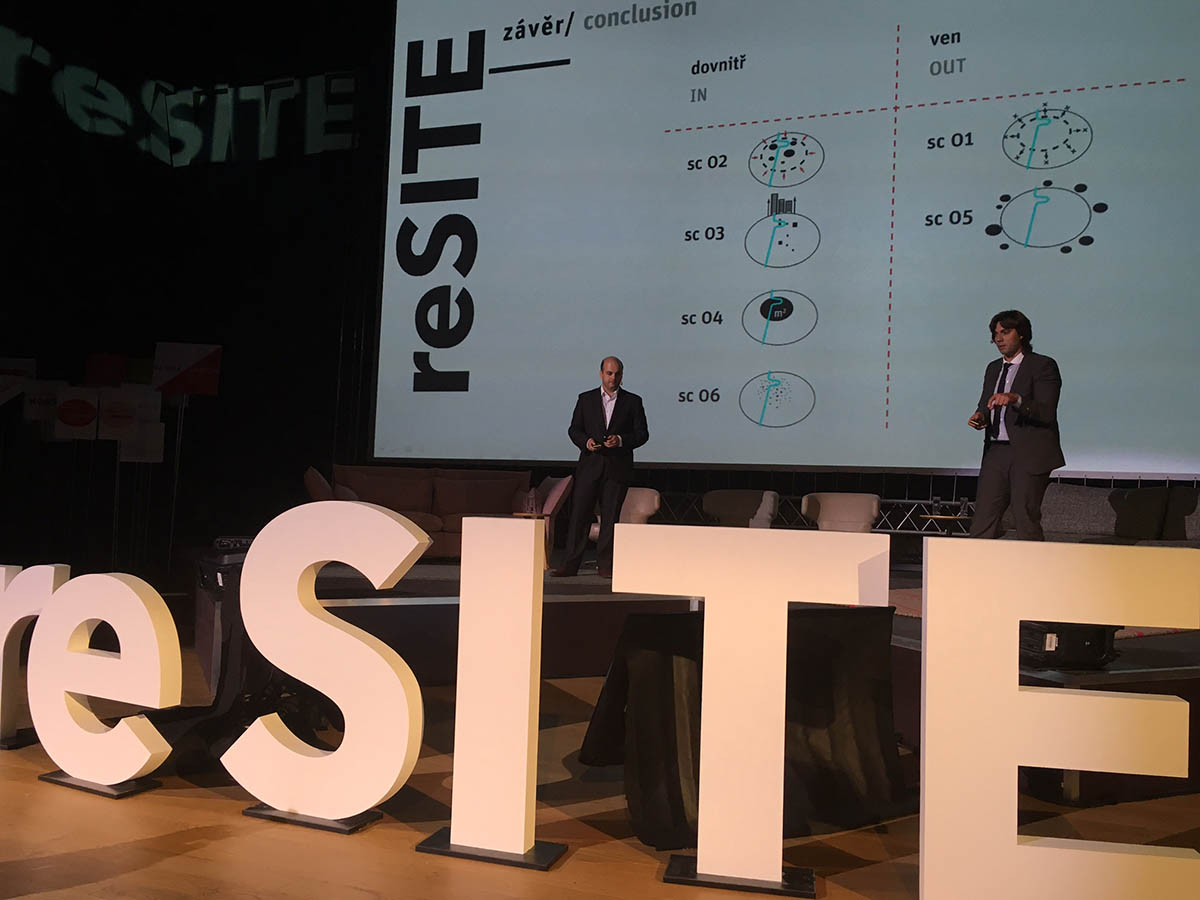
The discussion focused the current regulations, city services, and time frame of master plans developed by investors, municipalities and architects. Carl Weisbrod emphasised that ''3 tools that cities can use: first; landing strategy and regulations, second; efficiency and response of local governments, third; goal of these plans and how municipalities allocate resources.''

''Most of master plans slow down because of bureaucratic processes that we need to be consensus'' added Pavel Streblov.
''There should also be flexibility in master plans because financial market forces are changing so the plans should be able to adapt changing financial conditions'' added Carl Weisbrod.
''There are lots of investors interested in Praque but what are the basic guidelines to develop new plans'' commented Omar Koleilat.
For detailed information about lectures, interviews, events, stay tuned!
Follow us via #reSITE2016 hashtag on Twitter and Instagram
All images © WAC
